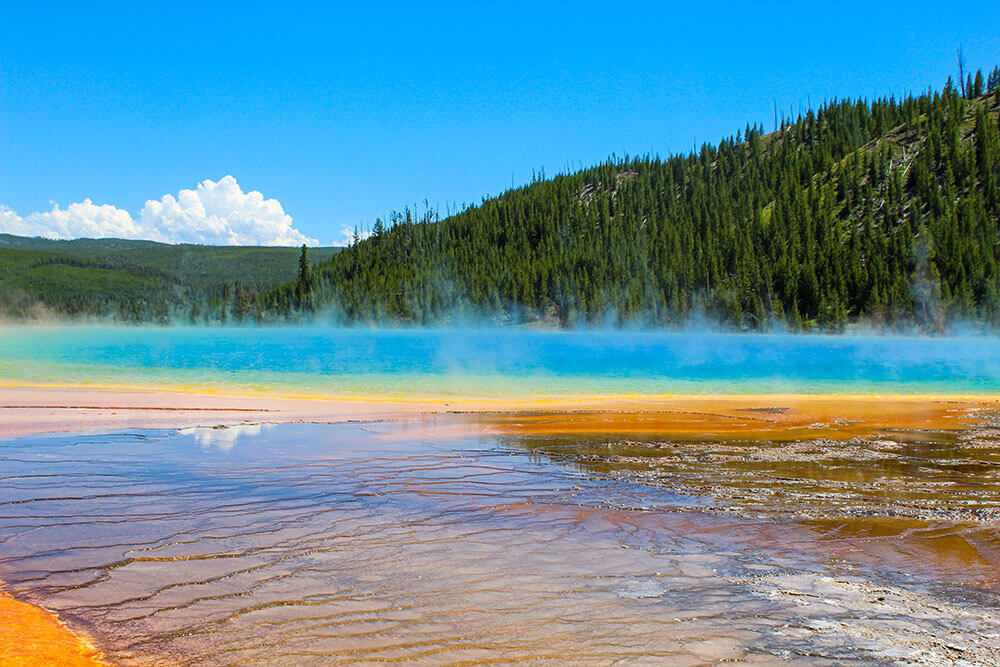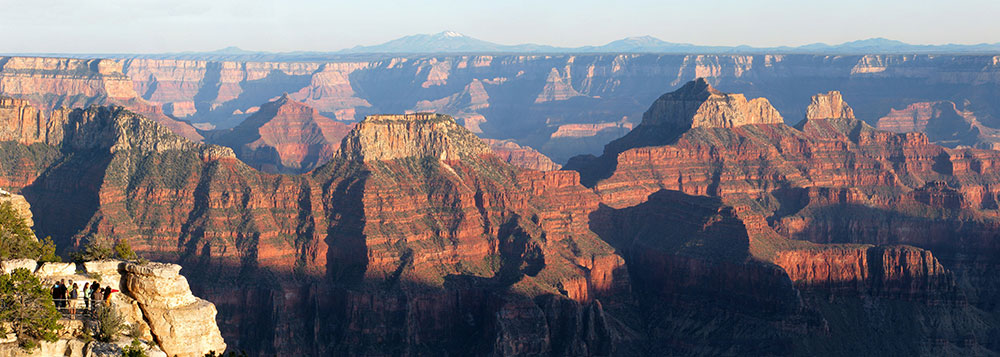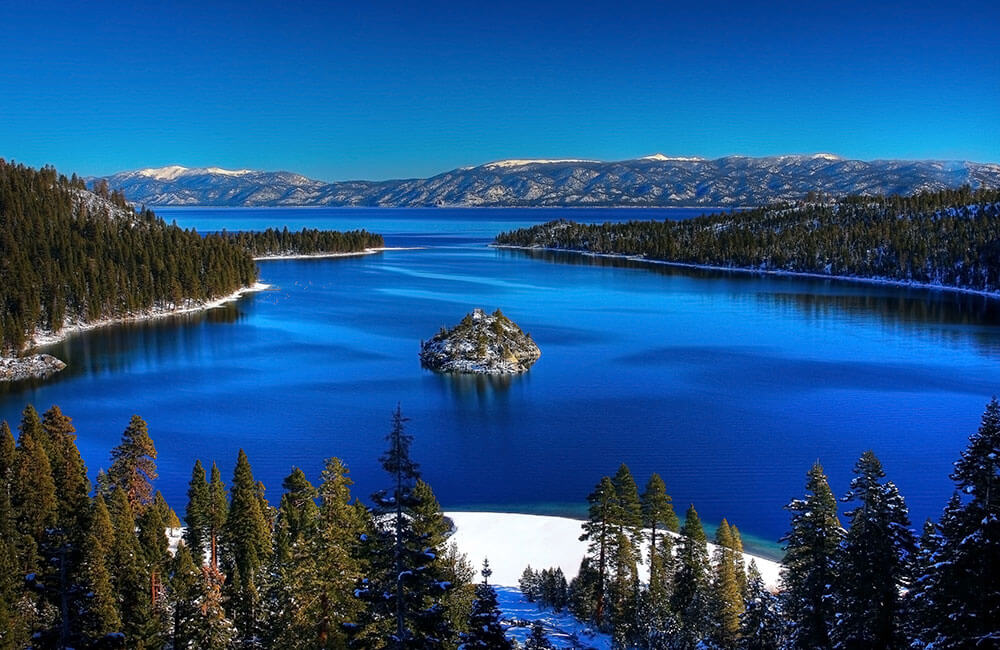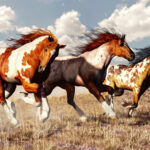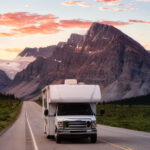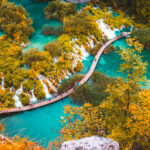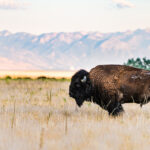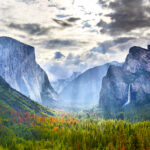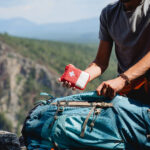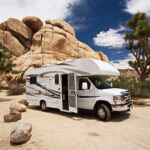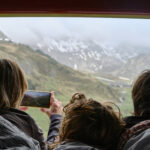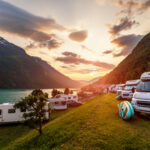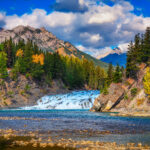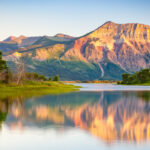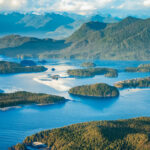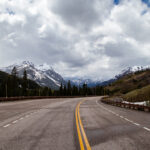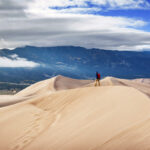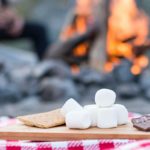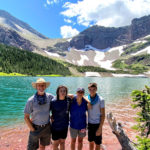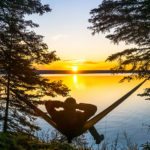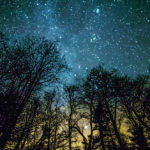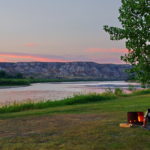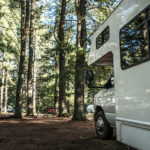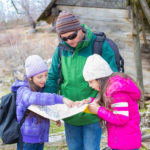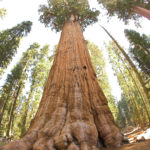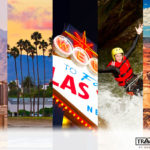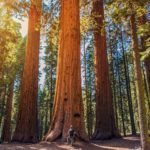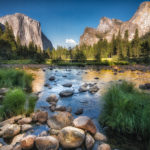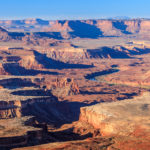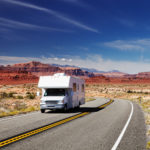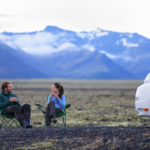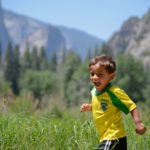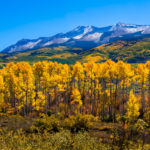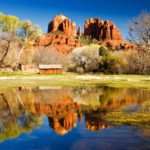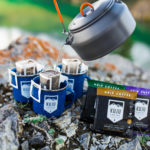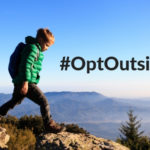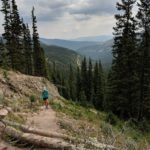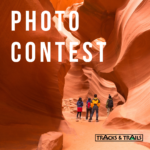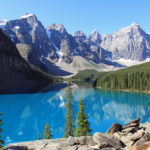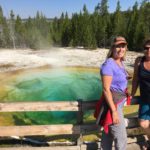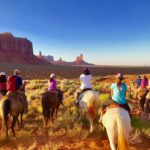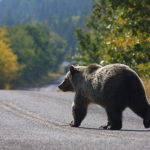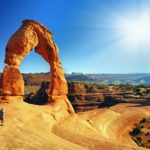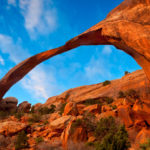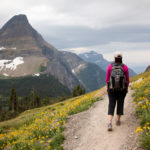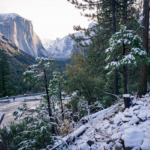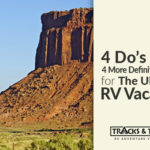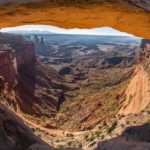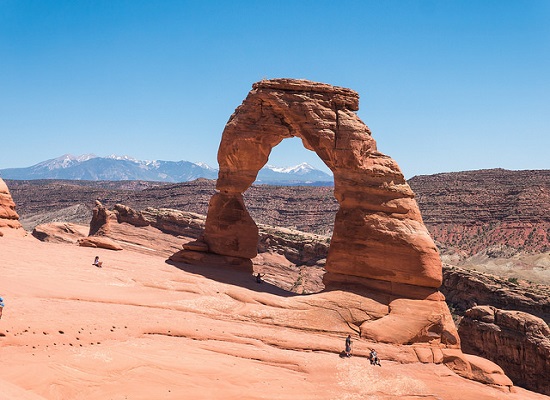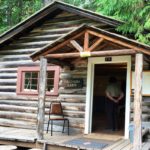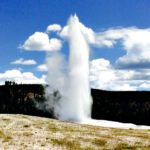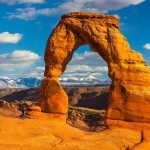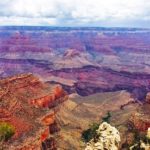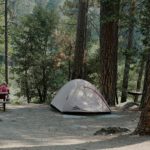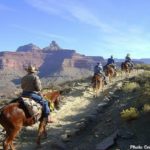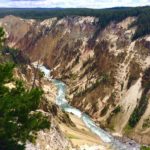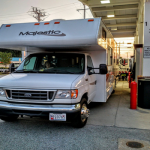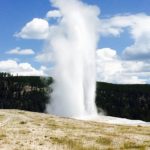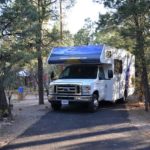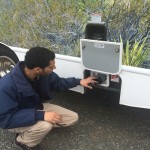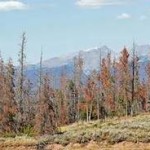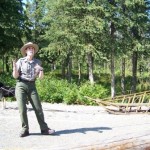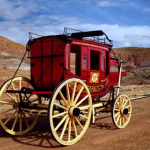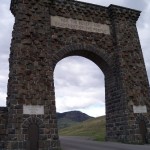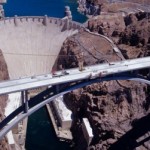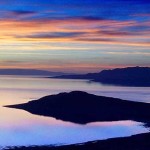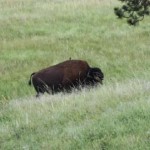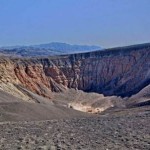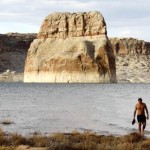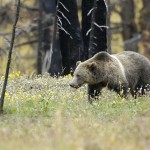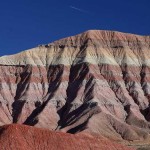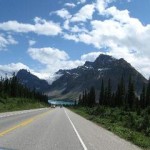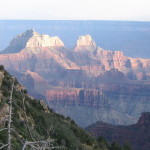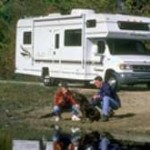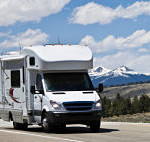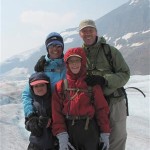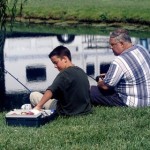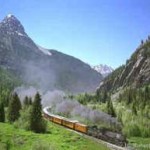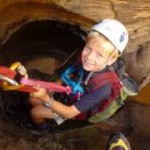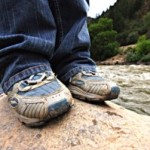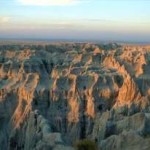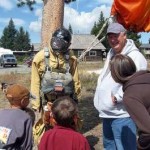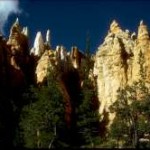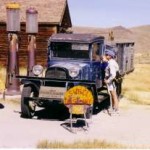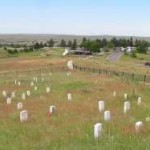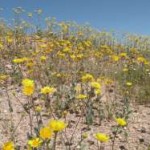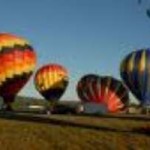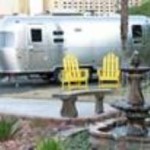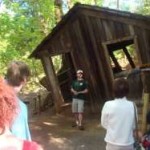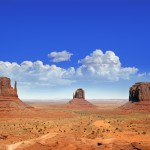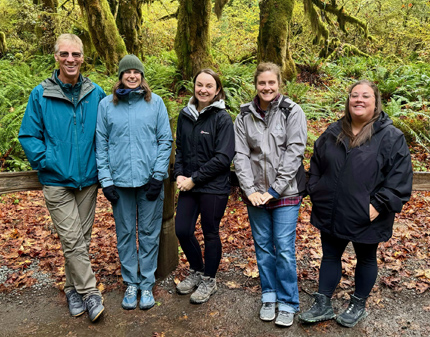As the National Park Service says, “National parks are America’s best idea.” And what makes visiting a national park even better? When entrance fees are waived!
Every year, the National Park Service waives the entrance fee to every one of its sites (including parks, monuments, and seashores) on certain days. In 2021, those five days are:
January 18: Birthday of Martin Luther King, Jr.
April 17: First day of National Park Week
August 4: One year anniversary of the Great American Outdoors Act
August 25: National Park Service Birthday
September 25: National Public Lands Day
November 11: Veterans Day
In honor of entrance fee–free days, we’ve rounded up our favorite things to do in the national parks that Tracks & Trails visits!
Southwest National Parks
Grand Canyon National Park
The Grand Canyon needs no introduction. While there, hiking the South Rim is a must-do; the trail starts near Kolb Studio and carves a path along the canyon for about 12 miles, and there are stunning views the entire way. You don’t have to hike the entire thing—simply turn around whenever you’re ready to head back. Want to get away from the crowds? Head instead to the North Rim, where the Bright Angel Point Trail will take you within earshot of the incredible Roaring Springs more than 3,000 feet below.
Want an even more unique perspective? Jump in a helicopter and get a bird’s eye view of the world’s largest Ponderosa pine forest, Eastern Canyon, and Dragon Corridor.
Zion National Park
Though Zion lies in Utah’s desert southwest, the park actually comprises four different zones: desert, riparian, woodland, and coniferous forest. This means the ecosystem is unique and vast and has countless options for exploring! The Virgin River flows year-round, allowing lush vegetation to grow along the river bottom.
For unbeatable views, lace up your hiking boots and head for Angels Landing. Or get your feet wet by wading in the Virgin River Narrows (only doable in low water). Feeling real adventurous? Rope up and test your mettle with a canyoneering guide!
Bryce Canyon National Park
As you enter Bryce Canyon, you’ll feel like you’ve entered another world. Bryce is known for the countless “hoodoos,” or tall sandstone columns, that litter the amphitheater floor. In fact, this park has the largest concentration of hoodoos found anywhere on earth.
Lose yourself in the sandstone maze by hiking the Queen’s Garden and Navajo Loop. For more experienced outdoors-families, take the Fairyland Loop for close-ups of the park’s famous formations. Or rest your feet while seeing even more of the landscape during a horseback or mule ride!
California National Parks
Emerald Bay State Park on Lake Tahoe
Yosemite National Park
It’s hard to see all 1,200 acres of Yosemite in just a day, but there are several awe-inspiring sights you can pack into one visit. Visiting in the spring? Check out Hetch Hetchy, a gorgeous place to view thundering waterfalls and vibrant wildflowers. (For more wildflower viewing, check out Crane Flat.) Interested in more waterfalls? Don’t miss the 2,425-foot-tall Yosemite Falls, one of the world’s tallest cascades. Not too far away is Sentinel Falls (2,000 feet), Ribbon Fall (1,612 feet), and Bridalveil Fall (620 feet). The latter is the first thing you’ll see when entering the park; welcome to Yosemite!
You can’t miss gazing up at El Capitan, the imposing granite gargantuan that rock climbers all over the world come to ascend. The meadow at the base of El Cap is a phenomenal place for a picnic. If you’re itching for a swimming hole, seek out Tenaya Lake in Tuolumne Meadows for pristine water surrounded by granite domes. Swim, kayak, canoe, or just relax on its beautiful beaches.
Sequoia and Kings Canyon National Parks
Known as the Land of the Giants, Sequoia and Kings Canyon are two of the most stunning locations on the planet. Here you can view the tallest tree in the world, General Sherman, and its slightly shorter neighbor, General Grant. Hume Lake offers countless recreational activities, from swimming to kayaking to mountain biking around the shore.
Several area stables offer guided horseback rides for those wanting a more relaxed jaunt through Grant Grove. For a more active day, climb the granite stairs to the 6,725-foot Moro Rock. With most California parks, a visit wouldn’t be complete without setting eyes on a waterfall, and the 1,200-foot-tall Tokopah Falls won’t disappoint!
Lake Tahoe
Ok, we’re cheating a little by adding Lake Tahoe, because it’s technically not a national park. However, several state parks line its shores, and the entire area offers one of the most stunning panoramic views you’ll ever witness. Formed about two million years ago and shaped during the ice age, the water is crystal-clear and a vibrant blue-green in some of the shallower bays. There are countless options for water activities, including stand-up paddleboarding, kayaking, parasailing, and even jet skiing.
In Emerald Bay State Park on the southwestern shore, hike down to the Vikingsholm mansion and marvel at the Scandinavian architecture. Just up the road is DL Bliss State Park, which houses the highest-elevation lighthouse in the world and the peculiar Balancing Rock formation, which is definitely worth a visit. Further north at Ed Z’berg Sugar Pine Point State Park, take the Dolder Nature Trail and enjoy the dense pine, fir, aspen, and juniper forests.
Mountain West National Parks
Grand Prismatic Spring in Yellowstone National Park
Yellowstone National Park
There’s so much to do and see in Yellowstone, from witnessing erupting geysers to herds of bison to a rowdy rodeo. Old Faithful is the park’s most famous geyser, but don’t miss Grand Prismatic Springs, a huge and vivid spring banded with deep blue, green, orange, and yellow colors.
Hiking fans, rejoice: There are more than 1,100 miles of trails in Yellowstone! You must check out the Grand Canyon (of Yellowstone), a 20-mile gorge formed after the river eroded rock weakened by hydrothermal gases and hot water. The South Rim Trail offers iconic views of both the Upper and Lower falls as you wind through lodgepole pine forest. After, hop on the Artists’ Paintpots Trail to view dozens of colorful bubbling springs and mudpots. Want to step back in time? Sign up for an “old west dinner cookout” after you mosey through the park on horseback.
Rocky Mountain National Park
Rocky Mountain has an astounding 355 miles of hiking trails to explore, many of which are family-friendly. Head to Alberta Falls by strolling through pine and aspen groves until you reach the 30-foot-tall cascades (you should definitely pack a picnic lunch and enjoy the mist!). You can choose to continue hiking toward Mills Lake, where you’ll get an unobstructed view of Longs Peak. Have more adventurous goals? Step into your hiking boots and make for the summit of Flattop Mountain, a strenuous but rewarding trek to a 12,324-foot summit.
Saddle up for a horseback ride over the Continental Divide, where you might see herds of elk and perhaps even a moose. Sign up for a fly-fishing or ATV tour, or perhaps rent a kayak or stand-up paddleboard at Grand Lake.
Grand Teton National Park
The Tetons’ stunning and jagged peaks are unlike anything else in North America. Start your visit with a ranger program and learn about raptors, grizzlies, and the history of the area. For a serene morning, throw a line out on Jenny Lake and hope for a nibble from cutthroat or lake trout. Early in the morning or at dusk, tiptoe into Willow Flats for a potential viewing of bison, moose, elk, pronghorn, or eagles.
Cover more ground on a half-day mountain bike tour (perfect for all levels), or rent a kayak or canoe and dip a paddle into Jenny Lake, whose waters on a calm day perfectly reflects the snowy peaks above. For a total thrill, hop in a raft and bounce down the Snake River’s class II and III rapids!

